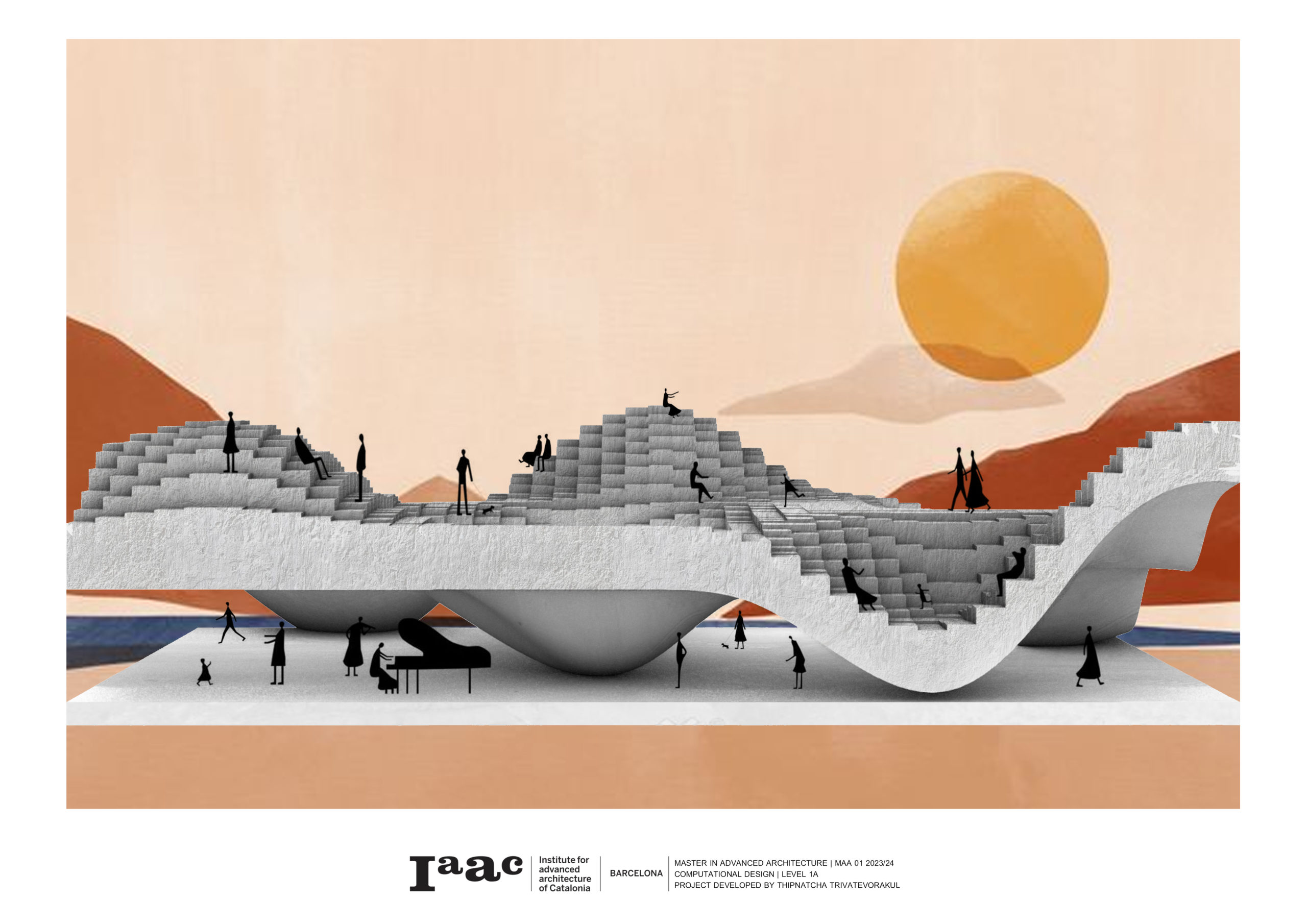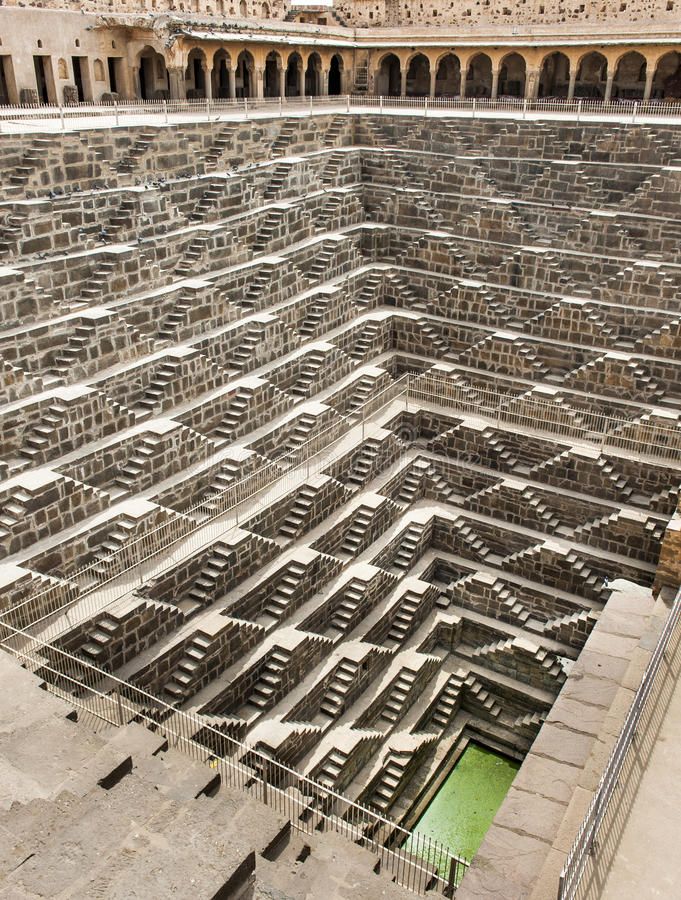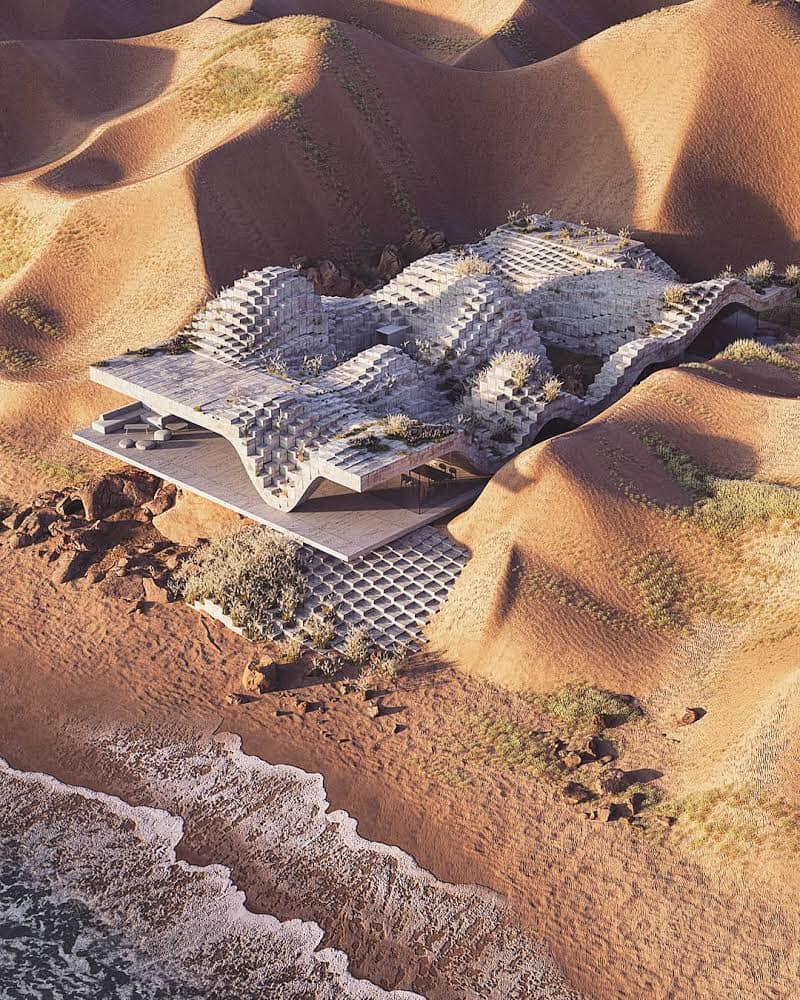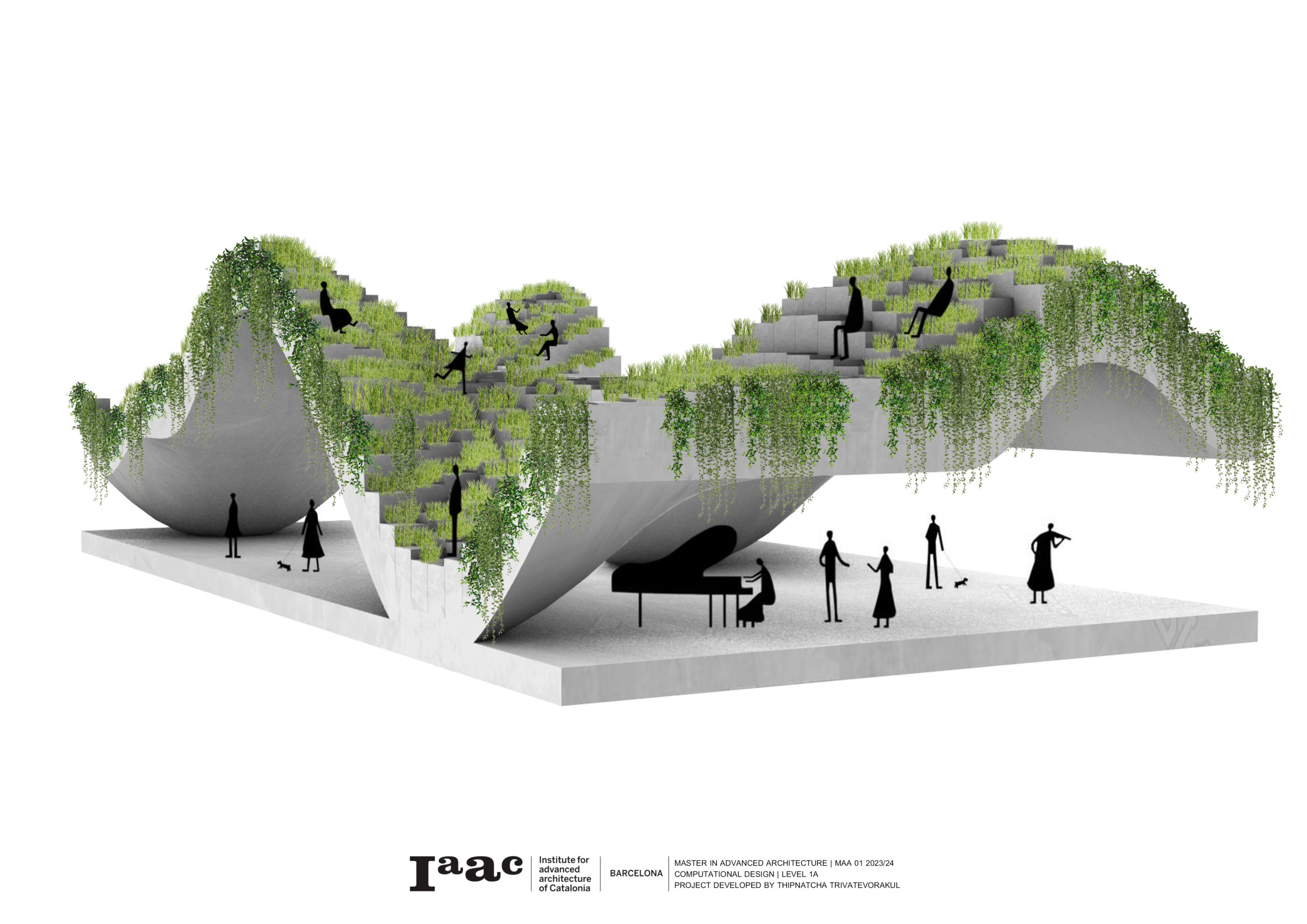

Year of proposal : 2020
Name : Dune Beach House
Architect : Amey Kandalgaonkar
Location : Vancouver, Canada
The Dune Beach House, designed by Amey Kandalgaonkar, takes inspiration from the step wall concept in traditional Indian architecture. Each tier of the pavilion serves as a distinct boundary, delineating functional zones in both interior and exterior spaces. This design approach creates a structured organization, with individual steps representing specific purposes. The terraced outdoor spaces mirror this concept, offering platforms for various activities and green spaces. The gradual transitions between these tiers provide a seamless and visually engaging experience from structural to living behavior. In essence, the Dune Beach House achieves a harmonious integration of form and function through the thoughtful application of the step wall concept.


Pseudocode for pavilion

Pseudocode for animation

Grasshopper Script

In the realm of architectural innovation, the utilization of parametric design techniques has become a cornerstone for creating structures that seamlessly blend form and function. This academic exploration delves into the intricacies of a pavilion design script, where a meticulous process unfolds, beginning with the designation of a single plane as the foundational boundary.
The crux of the parametric variation lies in the manipulation of contracted pull points, strategically controlled through MD sliders. These pull points not only govern the form but also dictate the precise location of a multiple points grid on the boundary plane. This initial step sets the stage for the subsequent visualization of the pavilion’s unique form.
A distinctive feature of this design is its reliance on cubics as a structural component, serving as both area-defining elements and contributors to the overall aesthetic. Cubics, formed through the straightforward interplay of box rectangles and centroid points, play a pivotal role in expressing the pavilion’s character. The manipulation of the number of cubics in both the U and V directions is achieved through domain control and the use of Isotrim.
Constructing process
+

Parametric Variation on horizontal axis (X Direction)

Parametric Variation; Y direction

Final animation


Image show how lives and architecture integrated
Dune Beach House by Amey Kandalgaonkar

